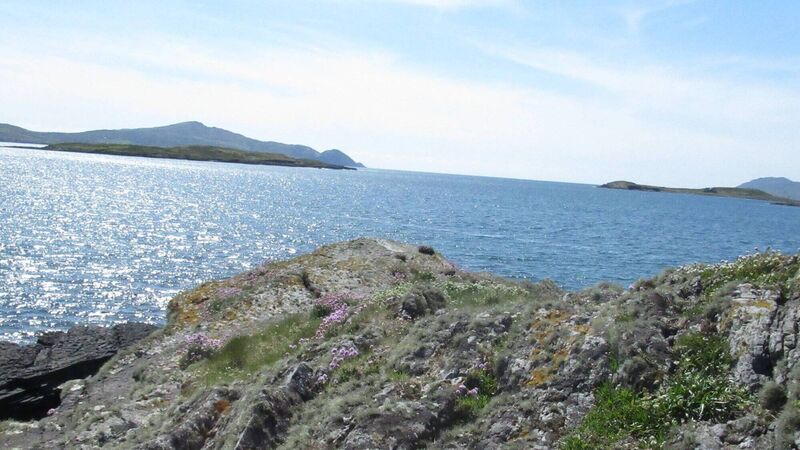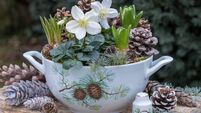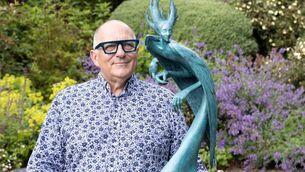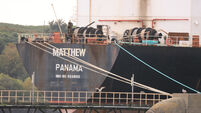The West Cork island that is free from scurvy knaves

Scurvygrass Island, Dunmanus Bay with Furze Island, left, and Carbery Island, right. Picture: Dan MacCarthy
Not an island from a Joseph Conrad or a Hermann Melville novel with their salty flavour of jolly rogers and keelhauling, but the genuine article in West Cork.
This tiny island on the Mizen Peninsula may evoke the world of Long John Silver and Captain Bluebeard but it is safe to say no pirates ever lived there.
Already a subscriber? Sign in
You have reached your article limit.
Subscribe to access all of the Irish Examiner.
Annual €130 €80
Best value
Monthly €12€6 / month
Introductory offers for new customers. Annual billed once for first year. Renews at €130. Monthly initial discount (first 3 months) billed monthly, then €12 a month. Ts&Cs apply.
CONNECT WITH US TODAY
Be the first to know the latest news and updates










